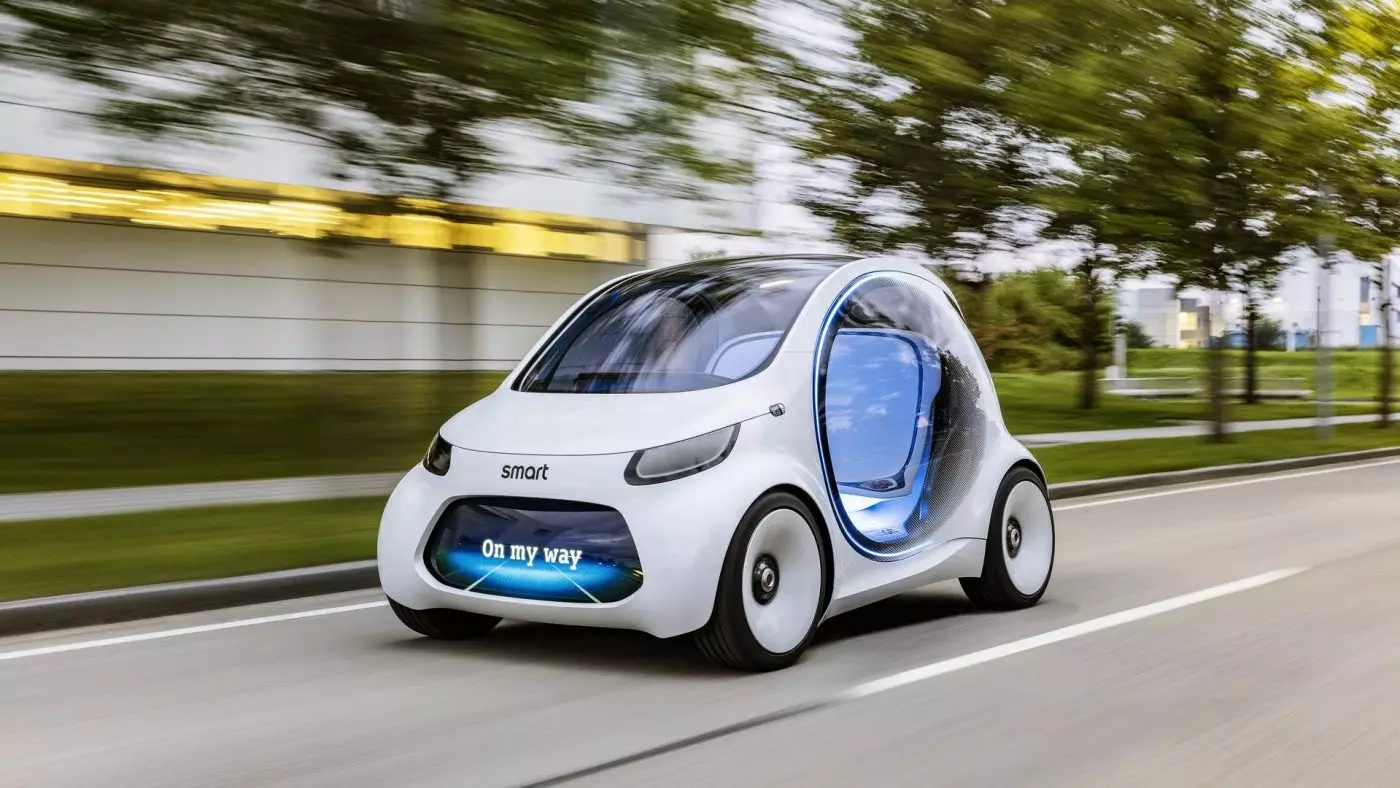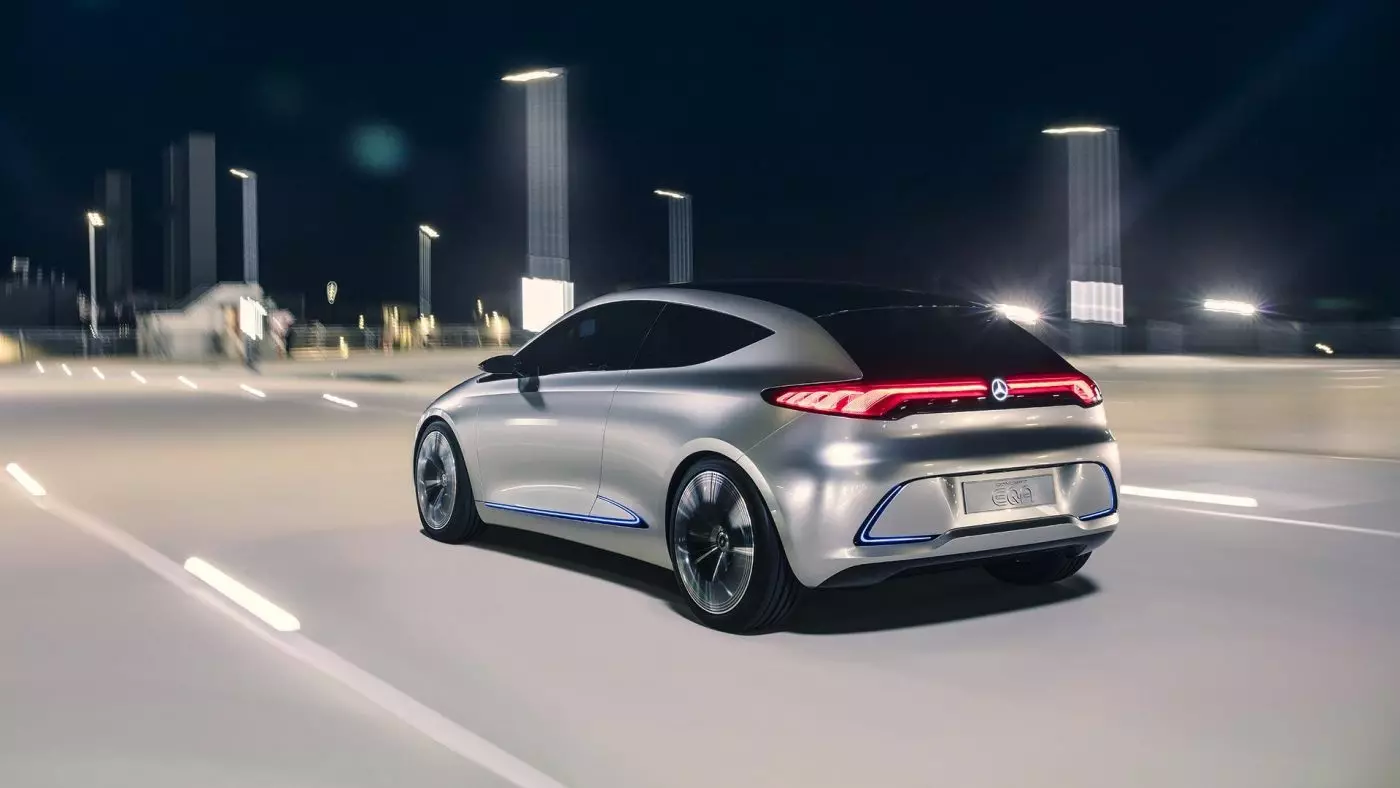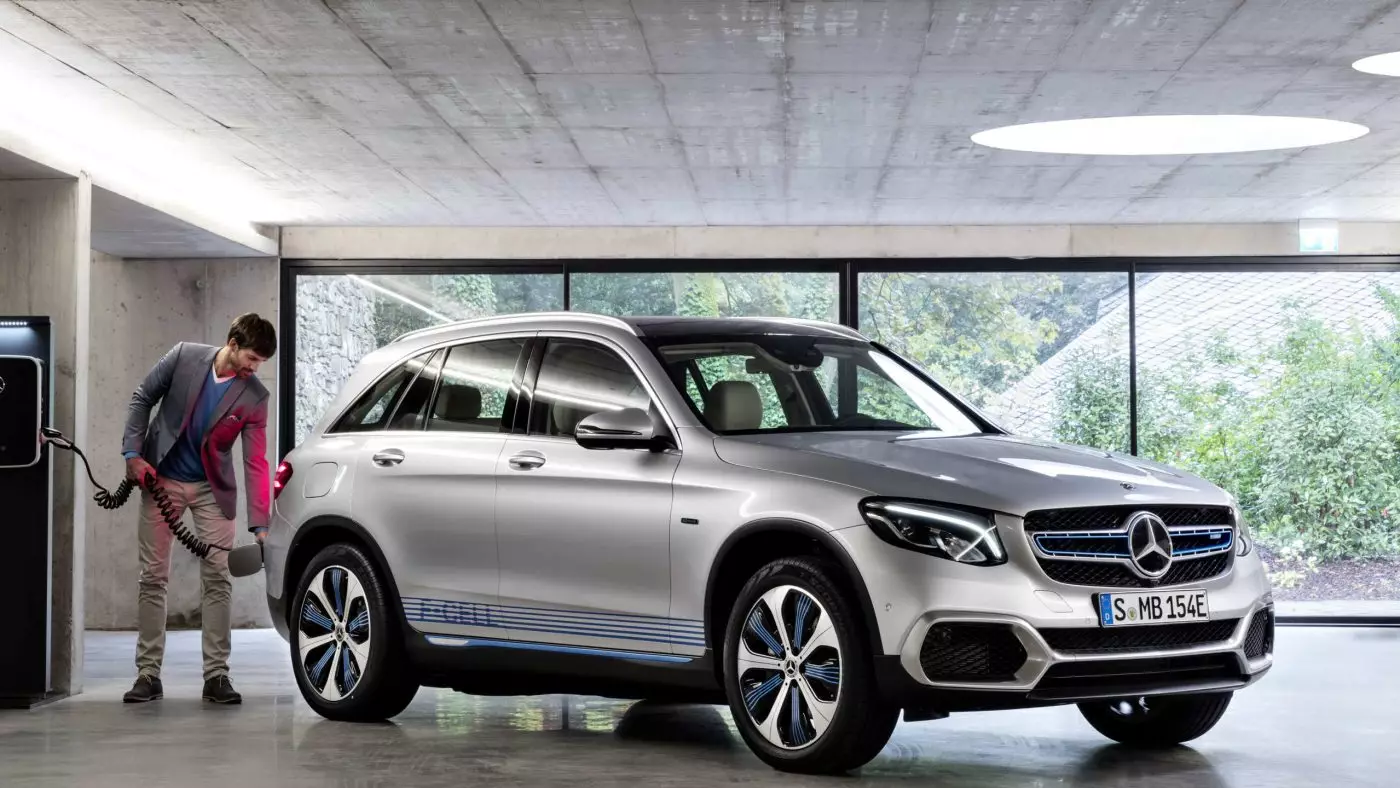under the brand EQ we will see a progressive electrification of the vehicles of the Daimler group. It involves not only Mercedes-Benz and Smart, but also its truck brands, which include the North American division Daimler Trucks North America and Mitsubishi Fuso.
The plan presented by the group announces 10 zero-emission vehicles by 2022 and will cover all types of vehicles – from city dwellers to trucks. And starting with the townspeople, we have to mention Smart.
It was through Smart in 2007 that Daimler became the first manufacturer to offer a 100% series-produced electric car. Now in its fourth generation, Smart's electric drives have already reached all its models – fortwo coupé, fortwo cabrio and forfour. And without forgetting last month's announcement, in which from 2019 in the US and Europe, Smart will only sell 100% electric cars, dispensing with internal combustion engines.

In the medium term, Smart may even do without the driver, resorting to autonomous driving technologies, providing instead mobility services, such as car sharing. This is considering the Smart Vision EQ fortwo design study, presented at the last Frankfurt Motor Show.
EQA and EQC, the first of a new generation
Moving towards Mercedes-Benz, from 2019 onwards, its first electric car will be mass produced under the EQ brand. Called EQC, it was anticipated by the 2016 prototype at the Paris Motor Show, being a crossover similar in dimensions to the current GLC. A new dedicated platform (MEB) for electric cars debuts and will be produced at its factory in Bremen.
It will be accompanied later by a more compact model, similar to an A-Class, anticipated at the last Frankfurt Motor Show through the EQA concept . Equipped with two electric motors, one per axle, it is capable of delivering more than 270 hp.

There is also room for fuel cells
While both the EQA and the EQC rely exclusively on batteries for power supply, the GLC F-CELL, with 200 hp, comes equipped with fuel cells. It doesn't stop being an electric vehicle – the energy comes only from another source. However, it will have a set of lithium-ion batteries as an additional energy source, which can be charged externally through plug-in technology.
THE The advantage of fuel cells over electric batteries lies in autonomy and charging . Not only do they have autonomy similar to internal combustion engines, but also the charging time, or better, fueling, is limited to minutes, not taking much longer than fueling a car with a heat engine.

The trucks will also be electric
Daimler will also electrify the distribution vehicles. Mitsubishi Fuso eCanter has already started production, becoming the first electric goods vehicle. And it even has a special meaning, as it is produced at the brand's facilities in Tramagal, together with the other Canters.Its production is, for now, in small series, with the first units having been delivered to UPS in New York last month.
The well-known Vito and Sprinter will also know zero emission versions. And although we do not know them yet, a partnership with Hermès has already been announced, implying the delivery of 1500 units by 2020. This program will start as early as 2018, in the cities of Stuttgart and Hamburg, in Germany.
Moving up some weight categories, 2018 will also mark the start of production of an electric city bus. And across the Atlantic, through its Freightliner truck brand, Daimler is developing an electric long-haul Cascadia – a rival to Tesla's truck or the hypothetical Nikola?
In addition to electrics, many plug-in hybrids and… internal combustion engines.
As we mentioned initially, Daimler continues its path towards emission-free driving. But until they get there, they will also have to depend on internal combustion engines – gasoline and yes, diesel as well –, which will be progressively electrified.
Some of these new proposals have already been submitted. The new Mercedes-Benz S-Class debuted a new family of in-line six-cylinder engines, both petrol and diesel. Last year, with the E-Class, the OM 654, a new four-cylinder diesel engine.
The six inline gasoline cylinders are electrically assisted (mild-hybrids). The brand and the industry represent the future of the internal combustion engine, including technologies such as a 48V electrical system, the replacement of the alternator and starter motor with an electric motor and an electric compressor.
Going up a notch in electrification, the star brand already has a series of plug-in hybrids, a number that will soon increase with the arrival of the S-Class 560e.
You won't stop with cars either, as your Citaro city bus will offer this technology as an optional equipment, regardless of the type of engine – petrol or diesel – and not as a separate model.
